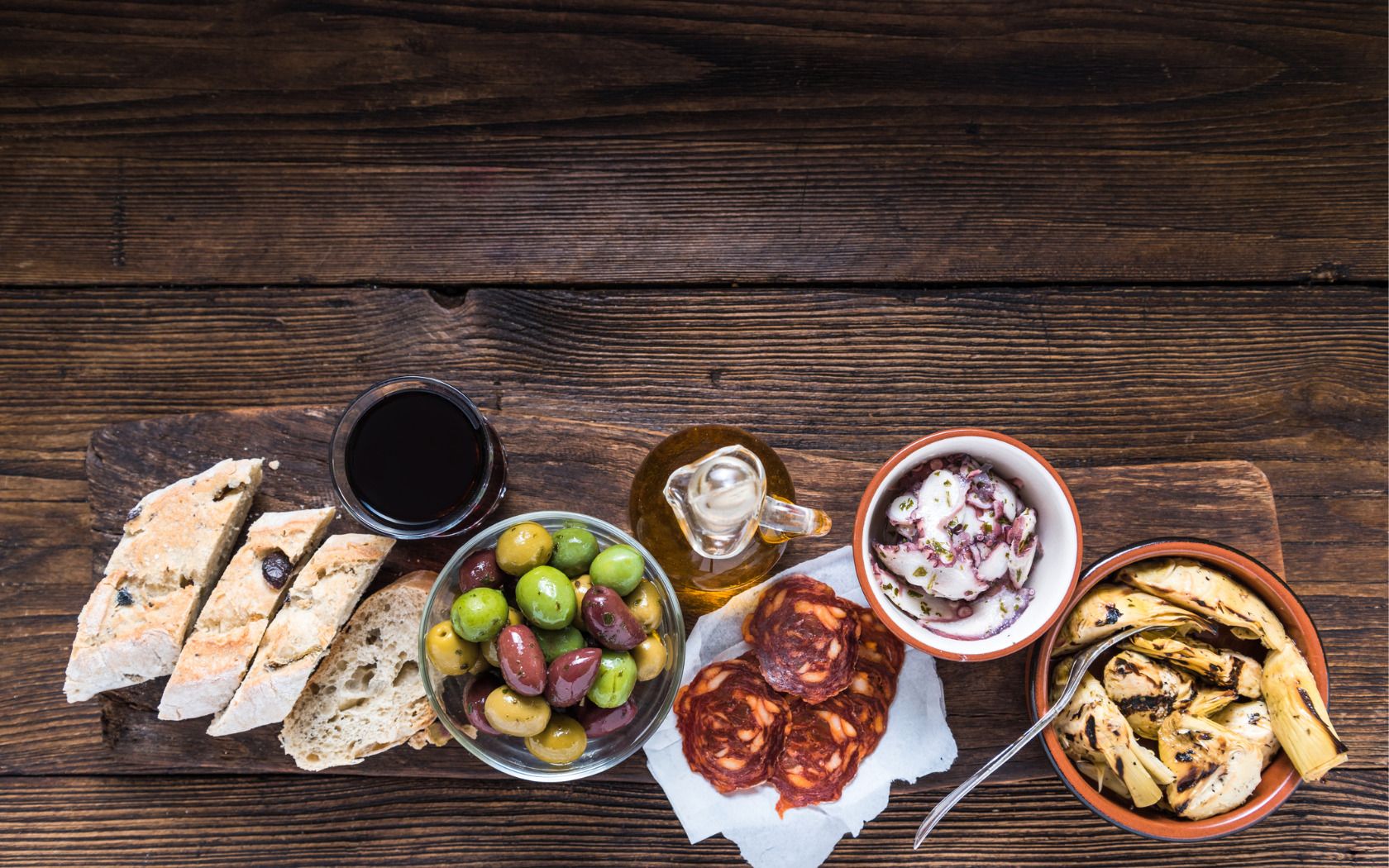Spanish tapas come in all shapes and forms. They can be small plates of food or they can be big plates of food. They can be free or you can pay for them. And every Spanish city has its own way of doing it. Traditionally in Madrid when you order a beer or a glass of wine in a bar, you’ll get some kind of mini tapas to go with it, whether it’s olives, a few slices of chorizo or everyone’s favorite Manchego cheese, but there’s also the possibility to order bigger plates off the menu that are also confusingly referred to as tapas. More than a style of dish, tapas are a way of going out, moving from one place to the next and having a bite at each stop. To help you fully immerse yourself in this lifestyle, here’s our guide to eating tapas like a local in Madrid.
Tapas vs Raciones
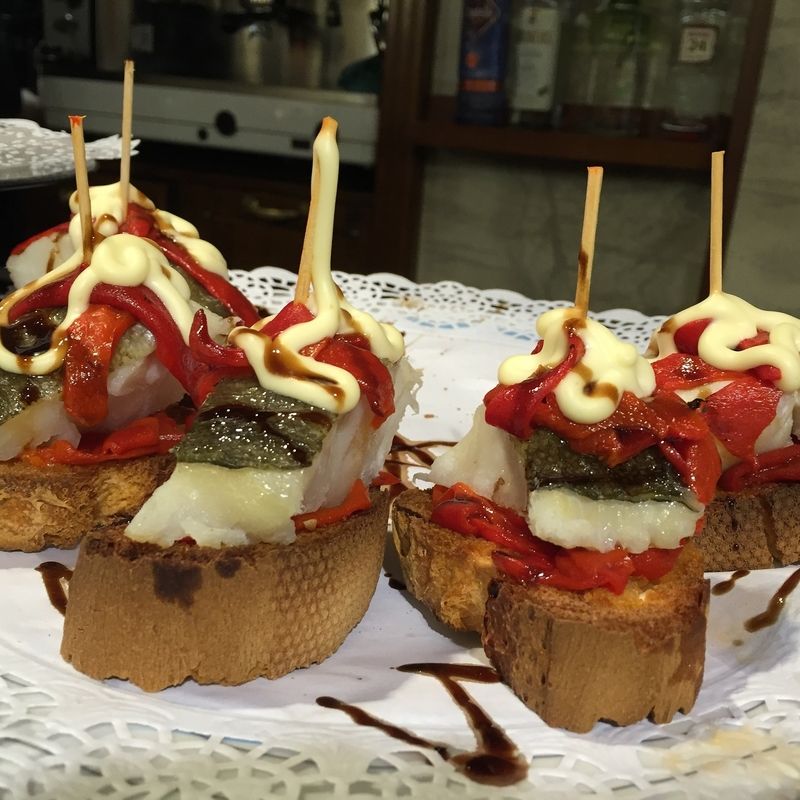
Tapas are commonly small plates or servings but, in some local restaurants and bars, you’ll also see raciones on the menu, which are larger portions of tapas, designed to share and served on a larger dinner plate. If you’re with a group of friends, you’re better off ordering by the racion. They will usually come with a free basket of bread. Some places also serve media raciones (half sized portions), which allows you to try more things.
Then there are tostas that also fall under the tapas category and consist of slices of fresh, crusty bread topped with various savory toppings.
Snag a standing spot at the bar
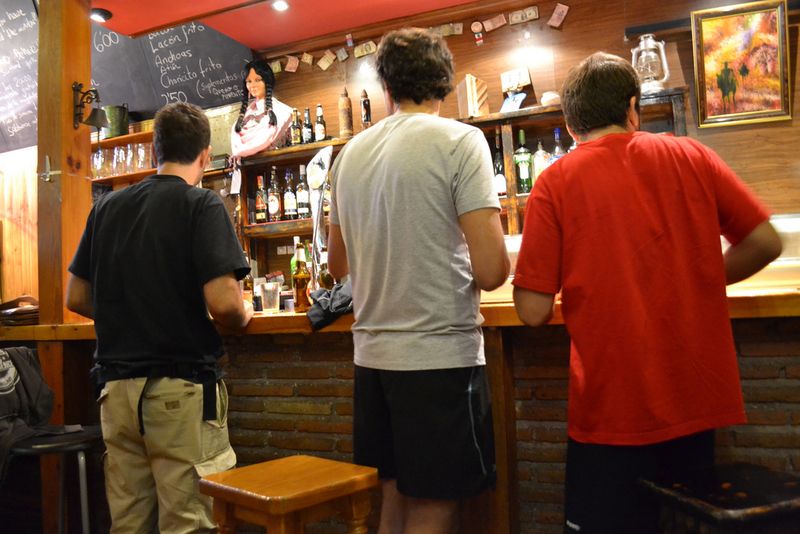
The traditional way to eat your tapas is by standing at the barra (counter) rubbing shoulders with the locals. From this vantage point, you can better observe what’s coming out of the kitchen and see what kind of tapas is available in the glass cabinets along the bar. Don’t be intimidated by crowds. Wait for a gap in the crowd and then dive in, order a drink and suss out the vibe. If in doubt, point at the dishes you want to try. Equally, if you’re with a bigger group of people, you can sit down at a table and order some raciones off the menu and still have a good time.
Start with lighter dishes and work your way up
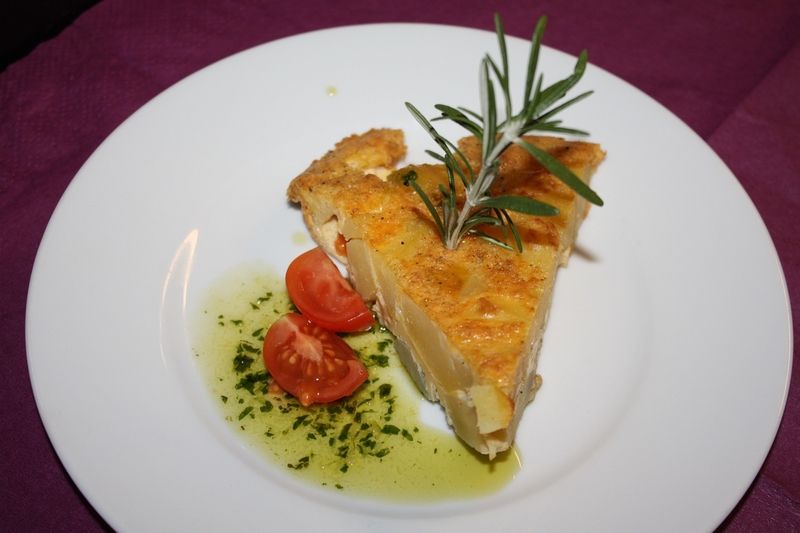
Order the lighter dishes first and slowly build up the flavors and quantities to give you space to eat and try more dishes. Start with olives and marinated boquerones (anchovies) to whet your palette and work your way up to the classic Spanish tortilla and other carb- or meat heavy dishes.
Take your time
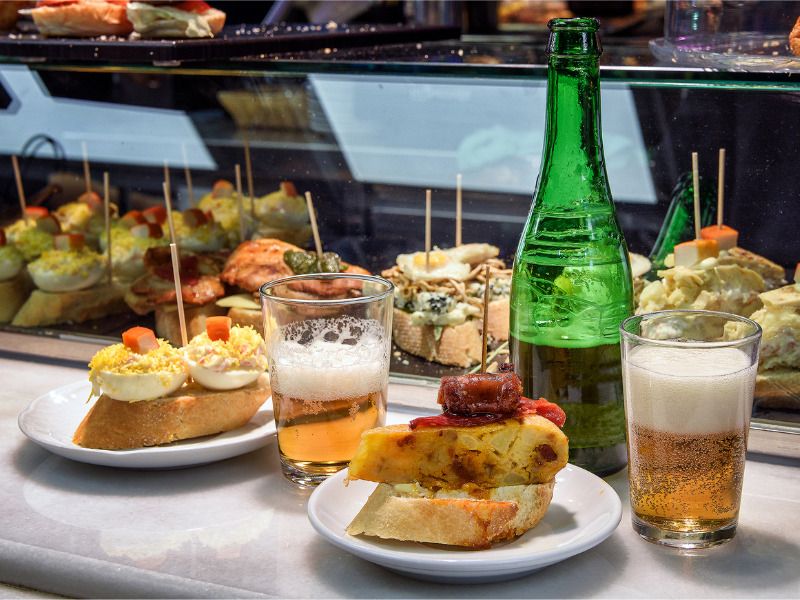
The key to eating and enjoying tapas is to take your time. It’s about eating, drinking and being merry. Savor each dish and don’t order everything on the menu all at once. Don’t worry about keeping track of what you’ve ordered either. The wait staff is accustomed to this way of eating and will keep track for you, totting it up at the end in one bill.
Move from bar to bar
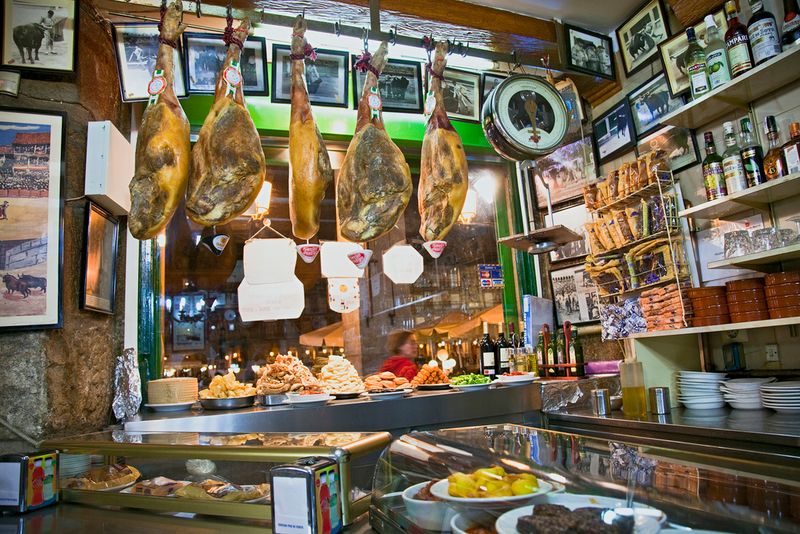
A complete tapas experience involves hopping from bar to bar, only eating a couple of plates in each one. Don’t plan out your route too seriously. Be spontaneous and see where the night takes you. Just drop in at any lively looking place and see what’s on offer. Every place has a specialty be it the mushrooms or Jamón Serrano.
Tapas Glossary
Still unsure of what to order? Here are some classic tapas to try:
- Tortilla de patatas: Spanish version of the omelet made with potatoes, eggs, salt and sometimes onion.
- Jamón: cured ham is a must in Madrid whether it’s some everyday jamón serrano or some more sophisticated jamón ibérico de bellota.
- Patatas bravas: these potatoes are crispy and fried to perfection and then covered in a healthy serving of spicy, tomato sauce.
- Queso manchego: this hard Spanish cheese drizzled with olive oil is always a crowd pleaser.
- Pimientos de padrón: these legendary green peppers come from the northwest of Spain. Pop a whole one in your mouth with caution. While some are relatively mild, others are extremely hot.
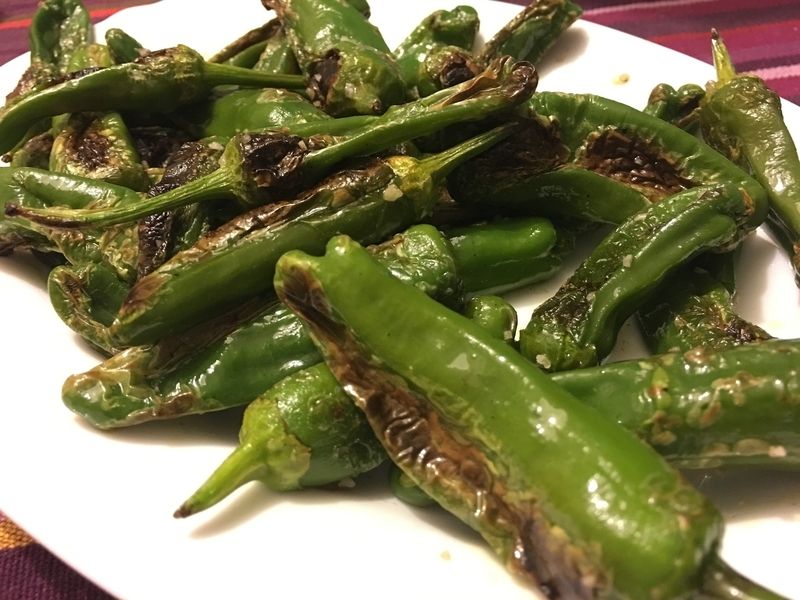
- Croquetas: these are a staple on the tapas circuit, striking a balance between crispy and fluffy. Fillings can range from ham to cheese, vegetables, or bacalao (codfish).
- Gambas al ajillo: this plate also comes out sizzling and the freshly grilled shrimp are swimming in a delicious pool of mouthwatering garlic sauce.
- Champiñones a la plancha: although simple, these grilled mushrooms are always a hit.
- Calamares fritos: battered, lightly fried squid rings that usually come with a delicious garlic aioli sauce for dipping.
- Banderillas: tasty little skewers that combine olives with anchovies, quail eggs, peppers and other bite size savory treats.
- Boquerones: even if you don’t like anchovies, try these marinated boquerones Madrileño style.
If you need to be pointed in the right direction, here are some of our favorite tapas restaurants in Madrid.
Got any other tips for eating tapas like a local in Madrid? Share your thoughts with our readers in the comments section below.
Originally published on Ailola by Sophie Lloyd on September 10, 2018.
